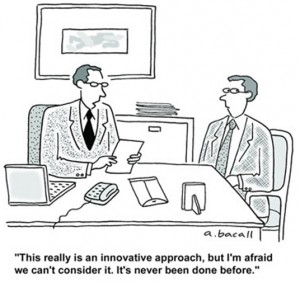![]()
R&D Project proposals: The structure
There are many components in a successful research and many questions that researchers must consider to develop a relevant and viable project. In this post we are going to introduce you on «How R&D projects are typically structured in order to obtained public grants».
To understand better this section we have to define the concept «Work Programme». These are the main features:
- Prepared by the European Comission
- Biannual document (currently 2016-2018 WP)
- Consultation of stakeholders (19 Horizon 2020 Advisory Groups )
- 18 thematic sections = programme sections
- Overall objectives, the respective calls for proposals, and the topics within each call.
The preparation of work programmes involves the consultation of stakeholders. For this purpose 19 Horizon 2020 Advisory Groups have been set up as consultative bodies representing the broad constituency of stakeholders ranging from industry and research to representatives of civil society. Additional open and targeted consultation activities aim to obtain further views and contributions.
The current Horizon 2020 work programme comprises an introduction, 18 thematic sections and the general annexes describing general rules such as standard admissibility conditions and eligibility criteria, types of action, selection and award criteria, etc. Each thematic section is self-contained, and describes the overall objectives, the respective calls for proposals, and the topics within each call. For more detailed information see programme sections.
General structure of R&D projects is stablished by two parts:
- PART A: administrative forms
- PART B: research proposal
The Part B has the main scientific and technological parameters that must be considered, because will be the criteria for what our project is going to be evaluated. These criteria are:
1. Excellence. To the extent that the proposed work corresponds to the topic description in the work programme: This criteria must developed:
- Objectives, that must be clear and well defined, with a sound concept, and credible methodology.
- Relation to the work programme: addressing the challenge and scope includes in the topic.
- Concept and approach must be within the TRLs demanded in the topic. Remember this is very important.
- Extent that proposed work is beyond the state of the art, and demonstrates innovation potential (e.g. ground-breaking objectives, novel concepts and approaches, new products, services or business and organisational models). INNOVATION POTENTIAL.
- Appropriate consideration of interdisciplinary approaches and , where relevant, use of stakeholder knowledge.
2. Impact: The expected impacts listed in the work programme under the relevant topic:
- Impact of the proposal. How the proposal is going to give answer of the problem proposed enabling and improving innovation capacities.
- Quality of proposed measures to exploit and disseminate project results (including IPR, data research management where relevant);communicate the project activities to different target audiences.
- Any substantial impacts not mentioned in the WP, that would enhance innovation capacity; create new market opportunities, strengthen competitiveness and growth of companies, address issues related to climate change or the environment, or bring other important benefits for society.
3. Implementation:
- Quality and effectiveness of the work plan, including extent to which resources assigned in work packages are in line with objectives/deliverables).
- Appropriateness of management structures and procedures, including risk and innovation management.
- Complementarity of the participants which the consortium as a whole brings together expertise.
- Appropriateness of allocation of tasks, ensuring that al participants have a valid role and adequate resources in the project to fulfill that role.
- Budget description.
If you are a researcher interested in EU grants, I encourage you to have crazy ideas but credibles. In the frontier of knowledge but viables. Where the society can obtain positive outcome from your researchs and where the companies could being interested in your scientific results for a short-medium term, not losing the scientific vision of fundamental research. This means, that you should improve the scientific understanding and adapt it for what the stakeholders are demanding. And of course, understanding the rules of R&D finanacial systems. If you don’t do that something like this could happen.


